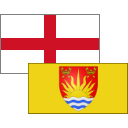It's an 'Internationally important coastal nature reserve with a fascinating 20th-century military history', alright, but a little bit of a grudge is being harboured with the National Trust™ following the fiasco at Dunwich Heath so here's a dilemma.
Having become slightly obsessed with Orford Ness, a 10-mile-long shingle spit, the Trust's seasonal ferry is the only way across.
There's no avoiding that so more pounds will have to be parted with having already forked out for the parking in Orford. They don't run on Sundays or Mondays but every 20 minutes between 10 AM and 2 PM otherwise. With numbers limited, you'll be one of a maximum of 144 people over there on any given day.
Book at the office on the quay and check out the Riverside Tearoom while you're waiting and worrying about how you get back after 2 PM.
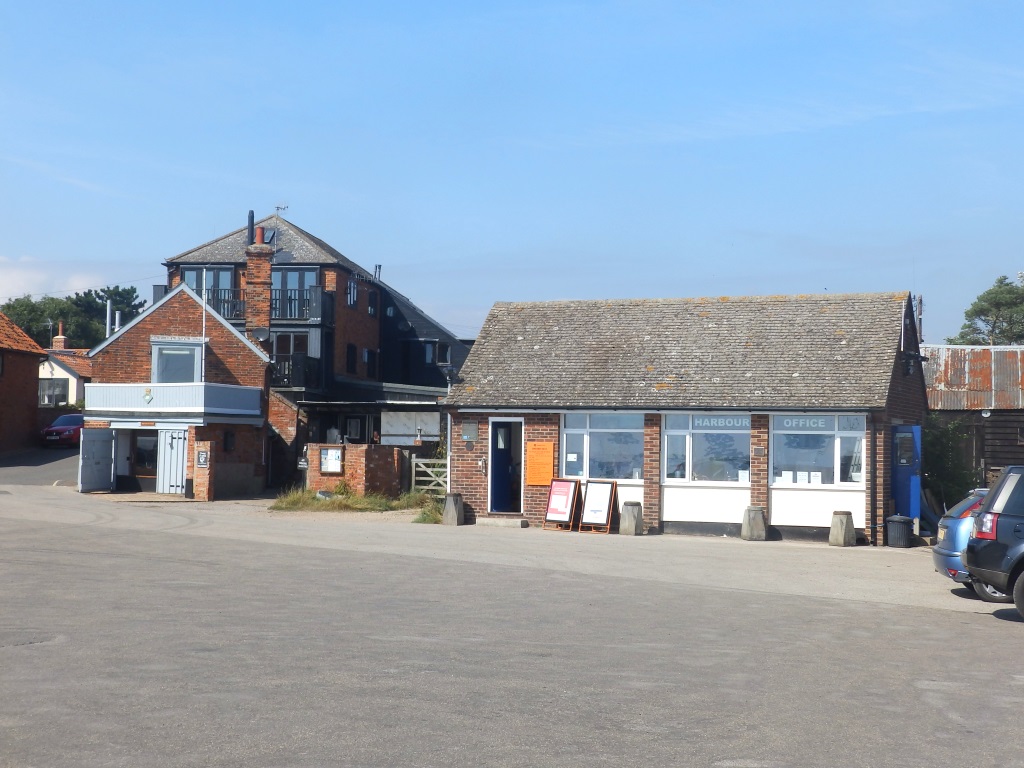
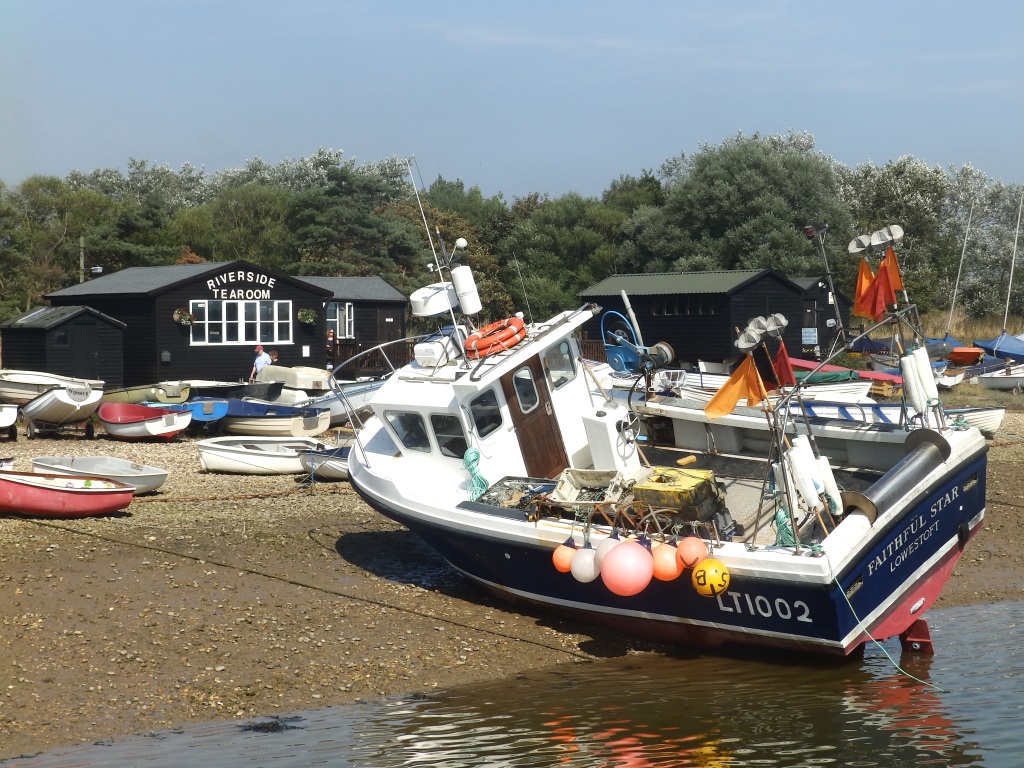
As for the numbers, the math(s) has been done and everything but not the eight-or-so volunteers already there. Don't worry, they know exactly who's on here and will come back across for you when there are enough of you waiting.
There's a man on the other side to give you some brief instructions such as where the only lavs are, don't stray from the paths to nick stuff and definitely don't kick any unexploded ordnance.
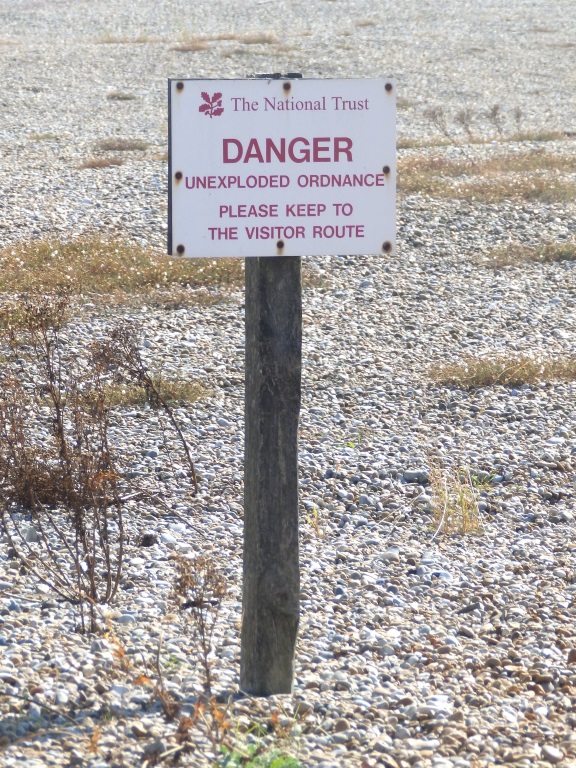
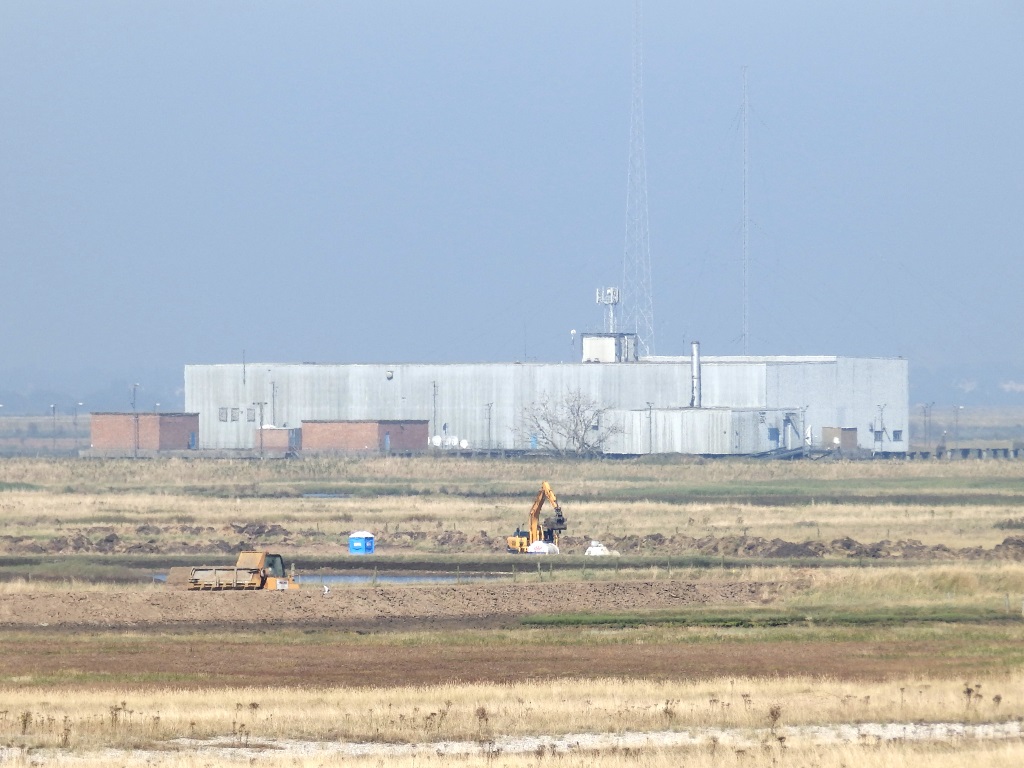
He'll also tell you they're still shoring up some of the sea defences near the green path so you won't be going anywhere near the Cobra Mist site.
Not so much misty but a little bit hazy today so you might just be able to make out some of the surviving antennae. It's not thought they were watching TV in here at the height of the Cold War, this was home to some top-secret snooping in the 1960s and is now the site of a BBC World Service transmitter.
'Thames, southwesterly 2 or 3, slight becoming moderate, some cake expected later.'
The only lavs were originally provided should you have seen something similar to one of these 'incoming'. The unmistakeable WE177-A, of course, and get this, it's nuclear, yoinks!
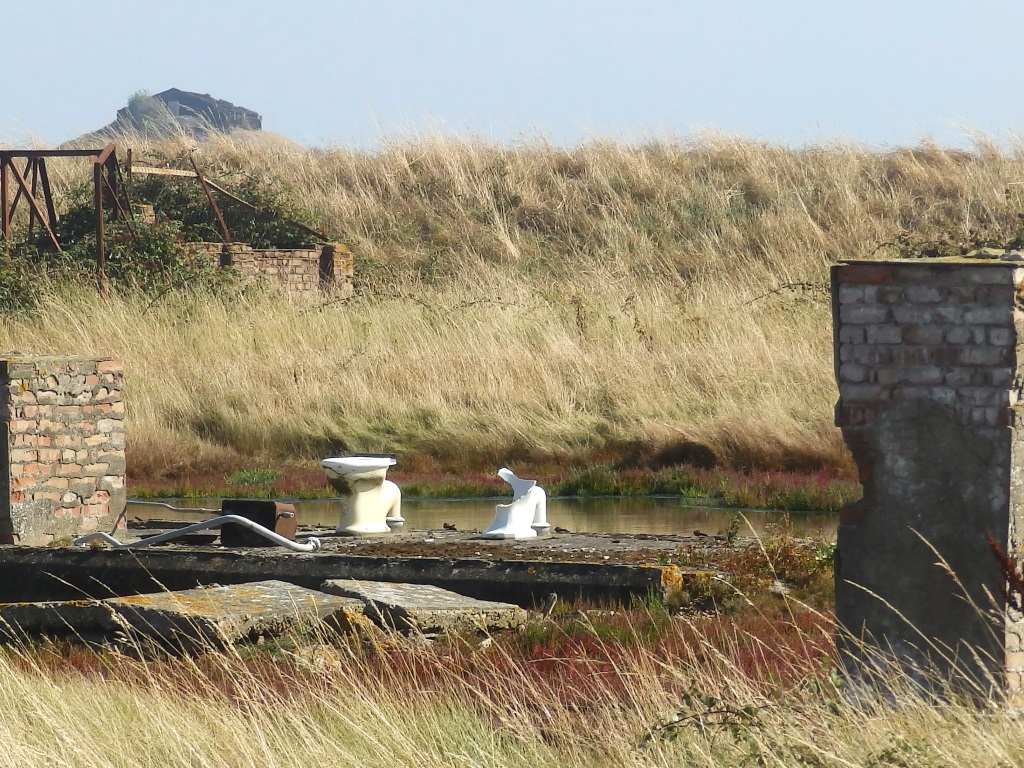
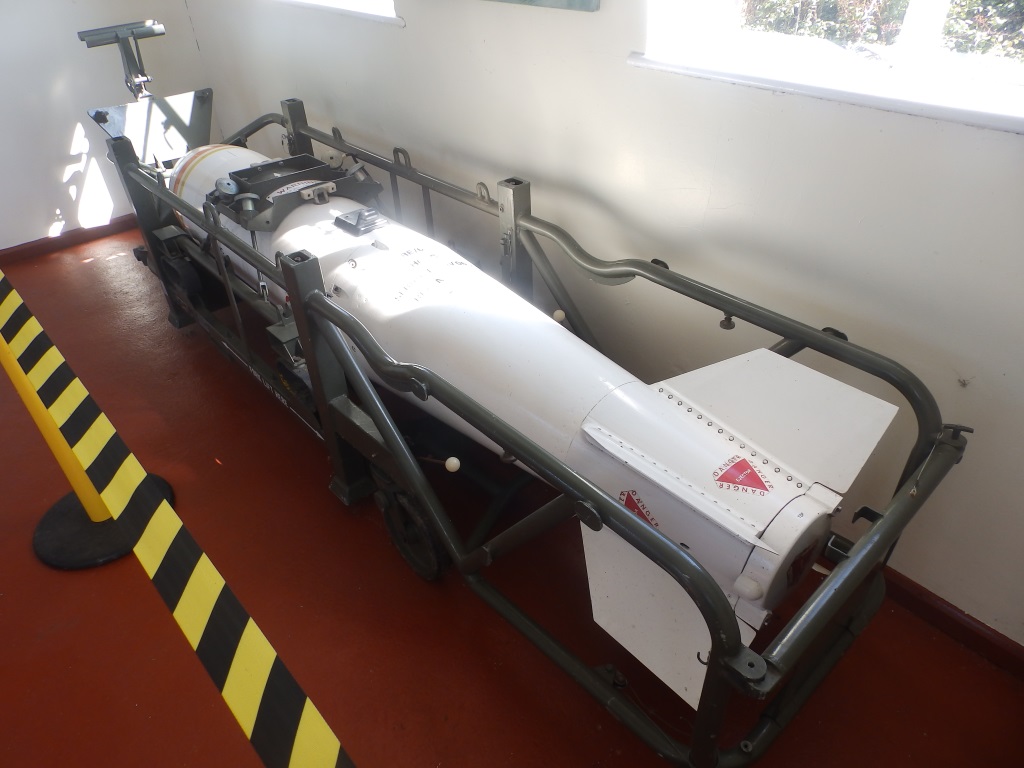
This is on display in the old site headquarters, one of the handful of buildings that you're actually allowed in.
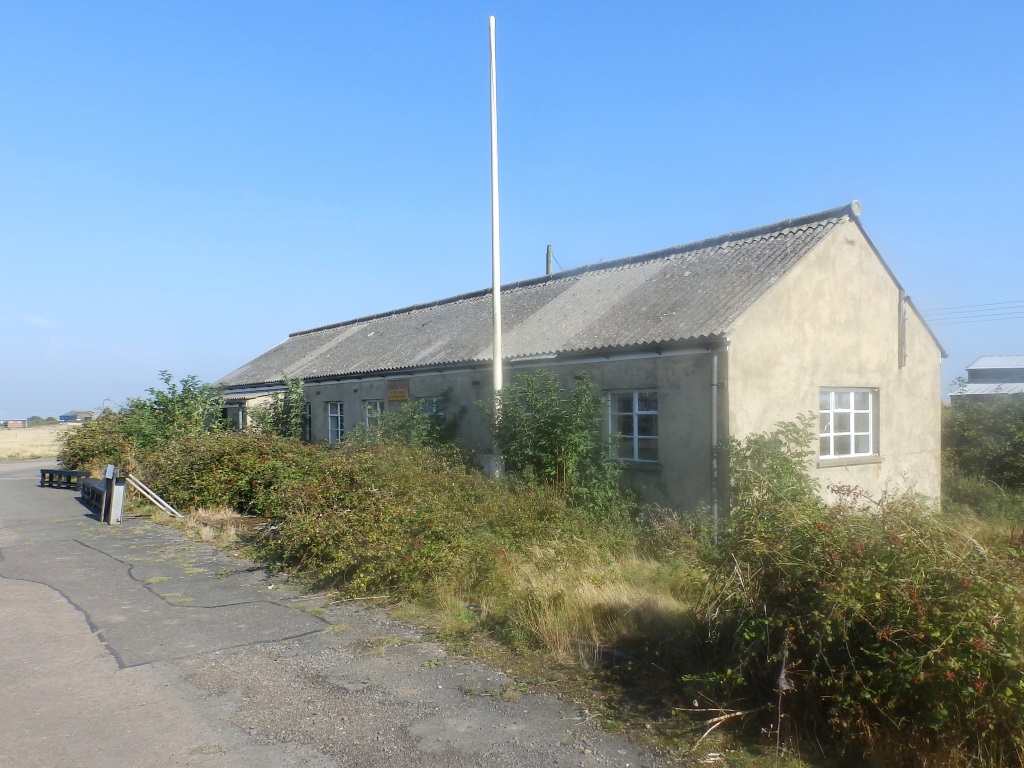
It's the only building that gives a clue as to what really went on here so pay attention, questions may be asked later.
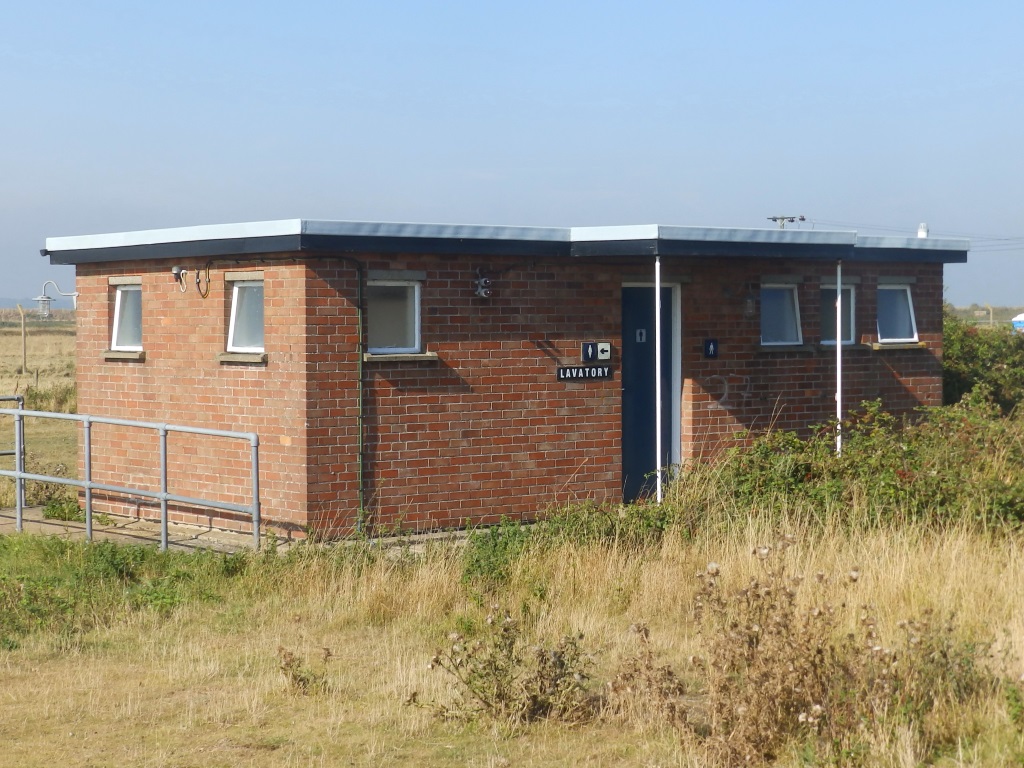
As for the lavs, if you can hang on the real ones are only five minutes away.
A channel from the River Alde cuts the Ness in two and you'll need to cross the Bailey bridge.
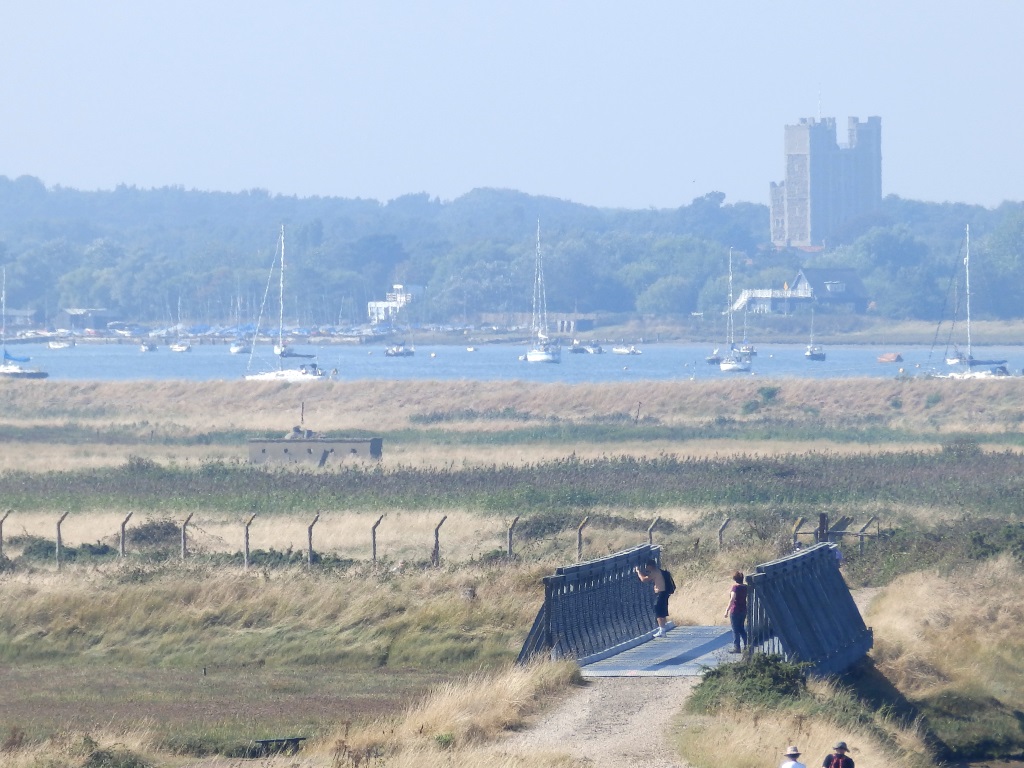
It replaces a concrete one that had previously crumbled and this second-hand job cost... £170,000! In an ironic role reversal of covert detection, whoever did the selling certainly saw them coming.
They'll let you up and inside the Bomb Ballistics Building, used to house equipment to observe and record the trajectory of, well, bombs.
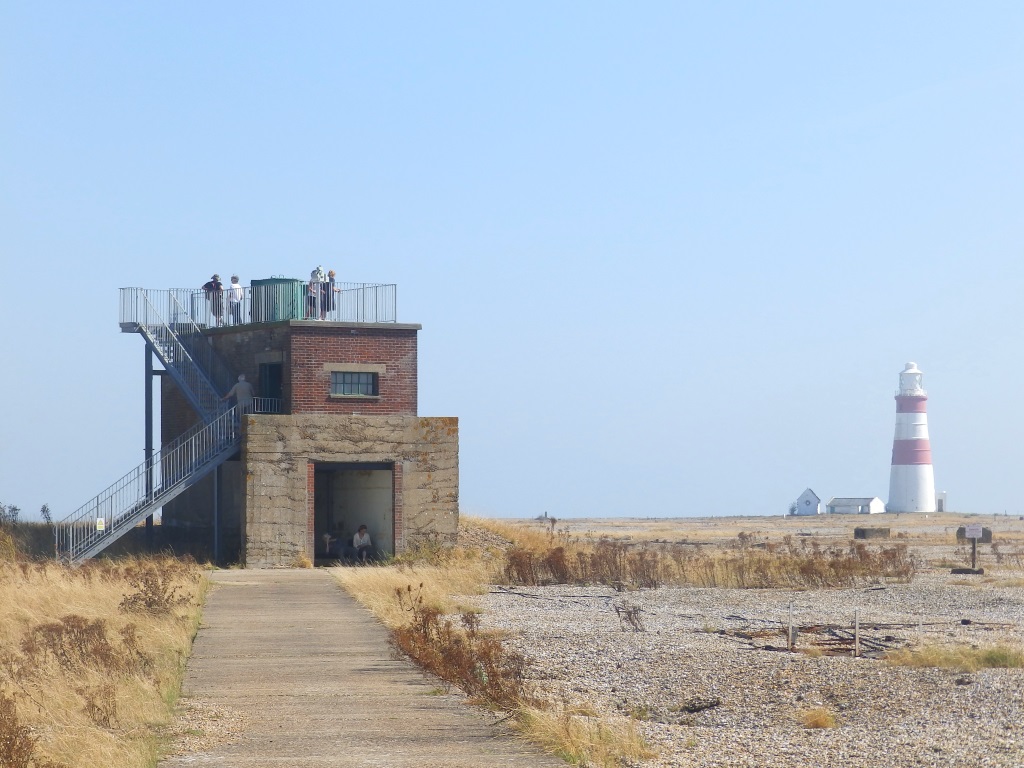
They'd fly and fling them behind here with the results analysed to make aerodynamical improvements and mathematical tables for that optimal aim.
It's not known when the last bomb went off here, not too long after they got the bill for that bridge, probably.
It's a totally different type of terrain over here and the vast shingle expanse was once home to all the boomin'-and-a-bombin'.
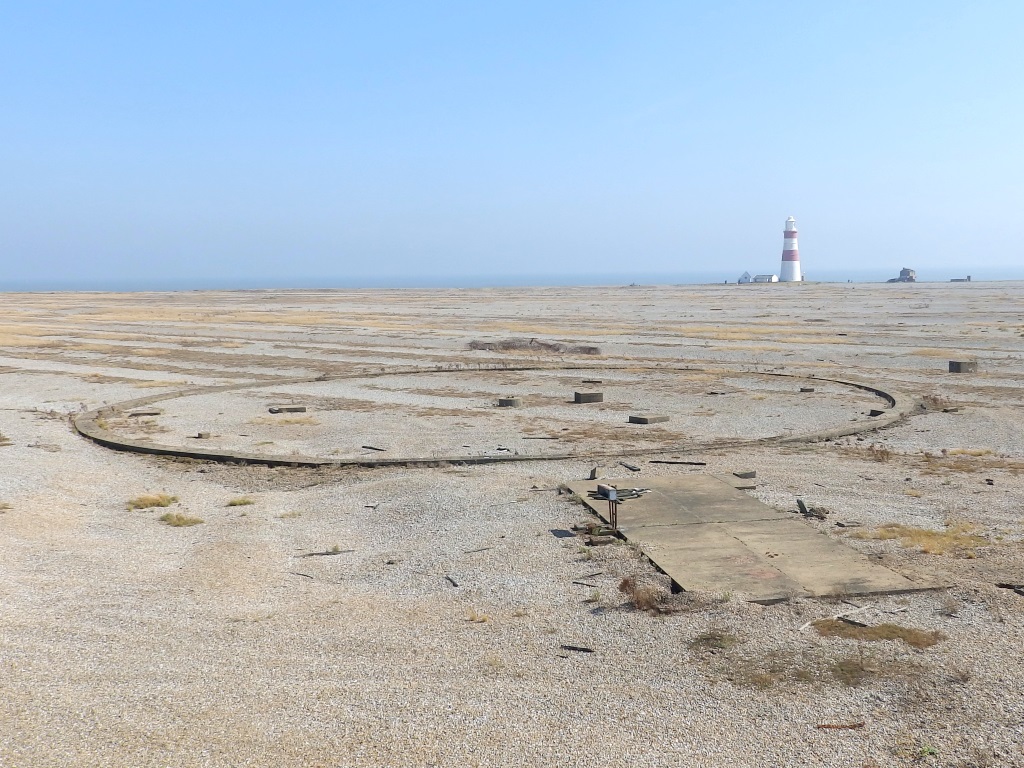
This is where you're advised to keep to the paths and resist the temptation to stray and take home any rusty-old pieces of metal.
It's strewn everywhere and metal frames of old photographic plates used for those ballistic observations are a particular favourite, apparently.
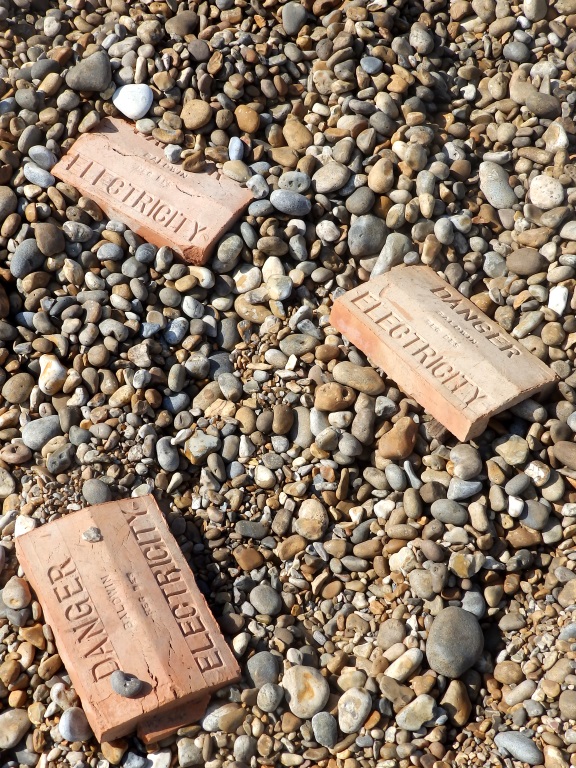
It's not known why they're so popular? Do people just buy anything on eBay™?
It's not too far to the lighthouse but don't get too excited, you're no longer allowed up and inside.
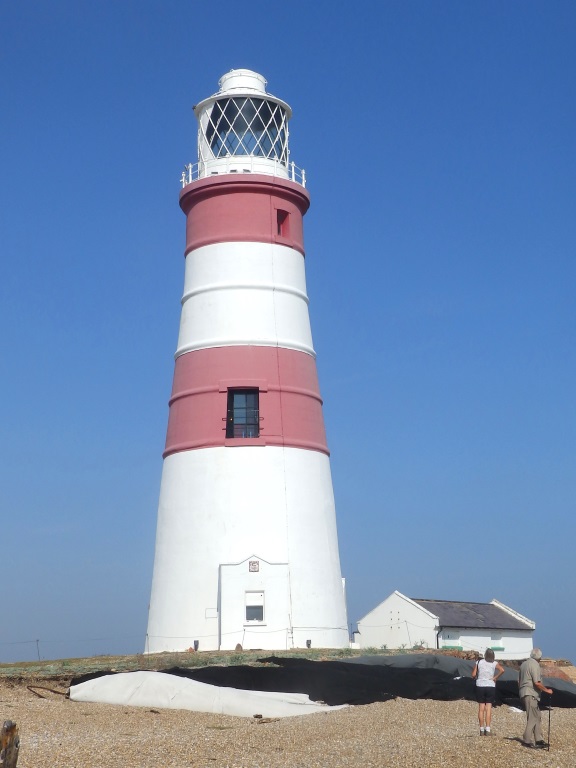
Nor can you even see it now, neither. It teetered on the brink for a few years with the Orfordness Lighthouse Trust hoping to relocate it inland, maintaining its standing in the meanwhile.
January storms in 2020 nearly relocated it alright, only halfway to Holland, and it was demolished later that year with only the top ⅓rd of it salvagable, shame.
The Black Beacon dates back to between the wars and the clue's in the name.
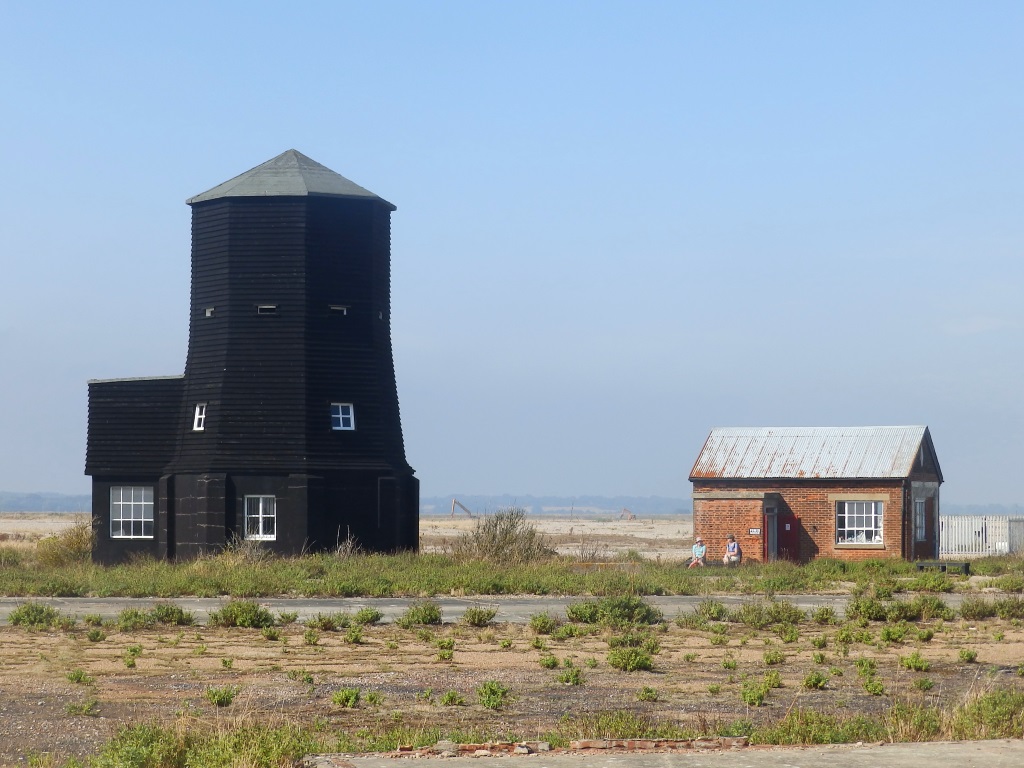
There's something about 'rotating loops' and how this was a supposedly secret way to navigate home should you have just popped over to Europe for the night.
The outbuilding next door is much more interesting and as well as the biological and the geological, houses a 'display' of flotsam and jetsam. It's mainly plastic, the odd tin of corned beef and frayed bits of that blue, synthetic string that you can't seem to buy anywhere?
Saying that, you can probably buy it on eBay™ although it'll be bundled with bits of rusty-old metal. It's worth a few minutes of your time and it all looks a bit like a recycling bin on a Thursday night.
Remember that atomic bomb?
As well as the pioneering work with radio and radar, the Atomic Weapons Research Establishment set up shop, no less. Although they didn't develop them here, one of the main jobs was to test just how safe these things were from accidentally 'going off'.
This was essentially a mechanised version of a man hitting it with a big hammer and while it's said they weren't 'primed' nuclear-wise, the large detonator that would then trigger World War III was.
The sinisterly named Laboratory 1 is where they did some of the early testing, the bunker-like construction designed to absorb any, what might be classed as a fail.
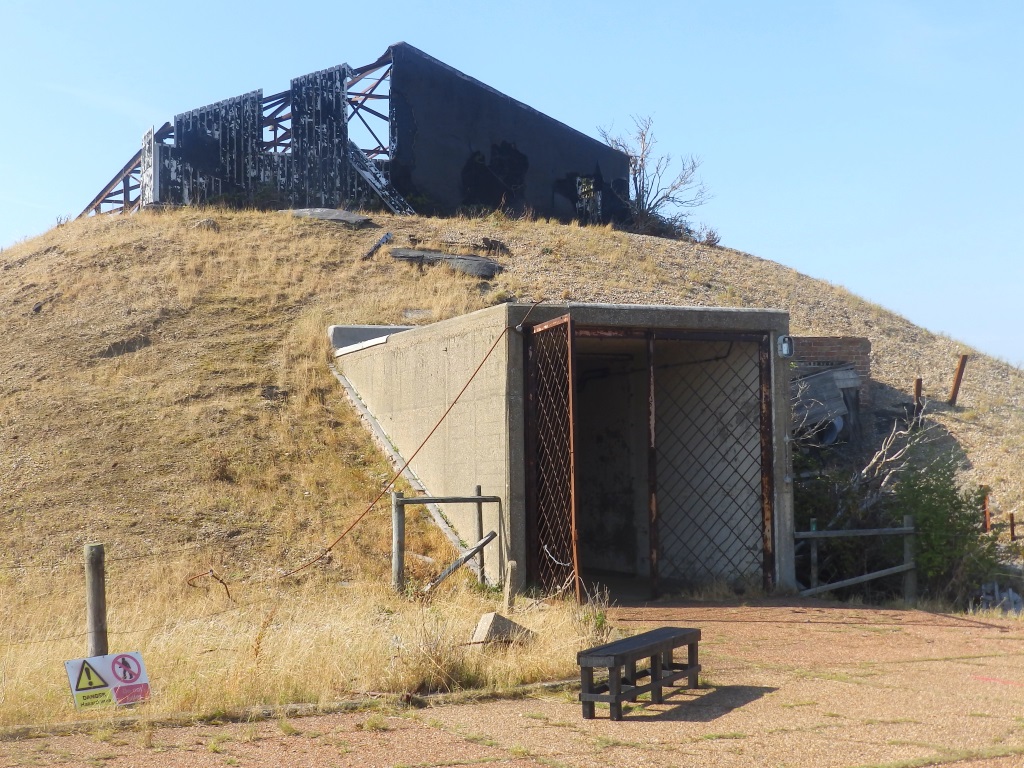
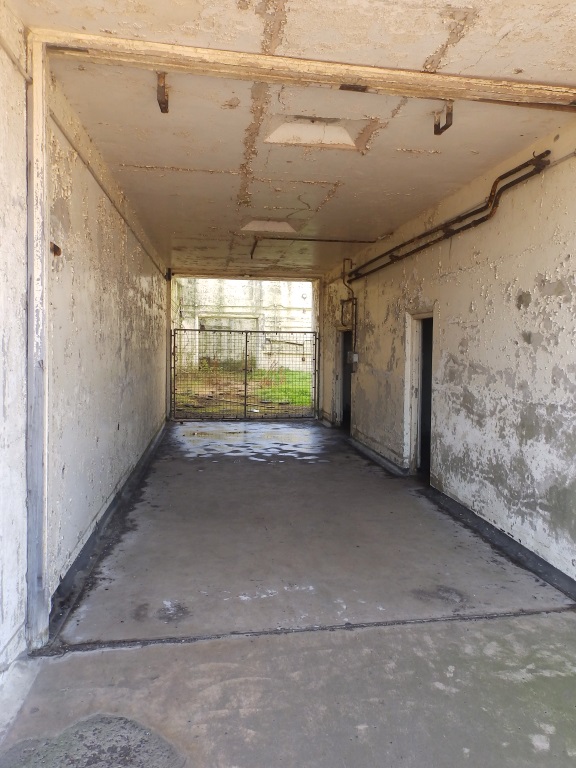
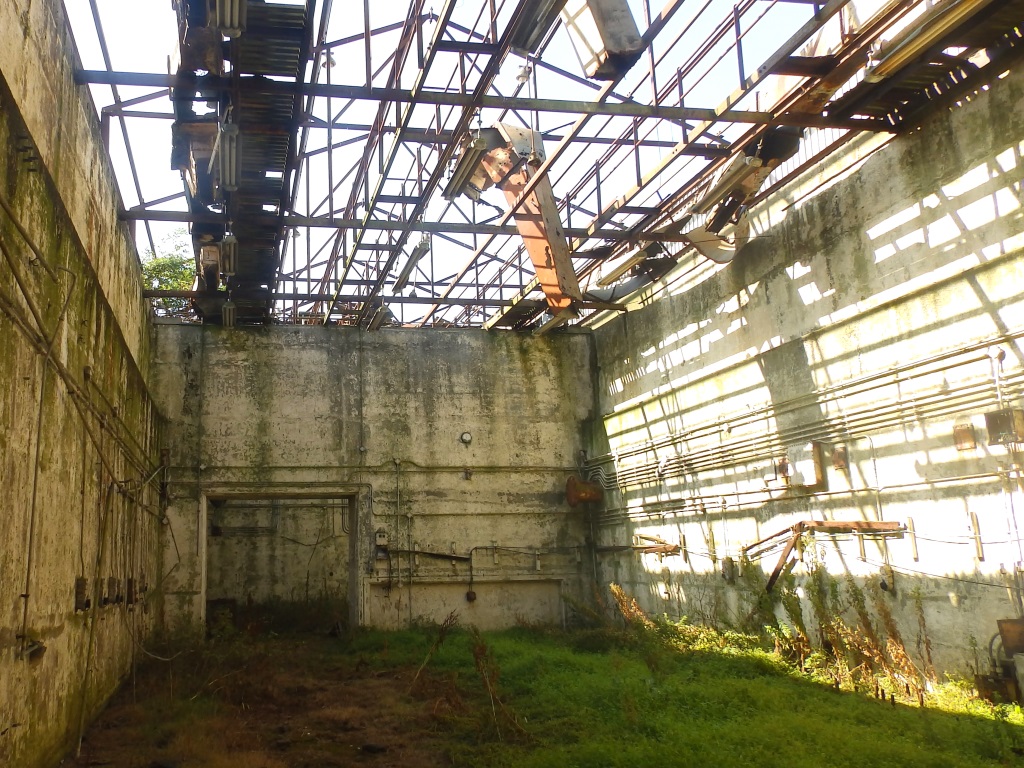
You can get as far as a meshed gate where inside they filmed some Pertwee-era Dr Who, probably.
Laboratory 1 is as far as you're allowed and you'll now have to head back to the bridge. The pagodas in the distance are out of bounds and the top of Orford Castle and a pair of binocs are your best bet.
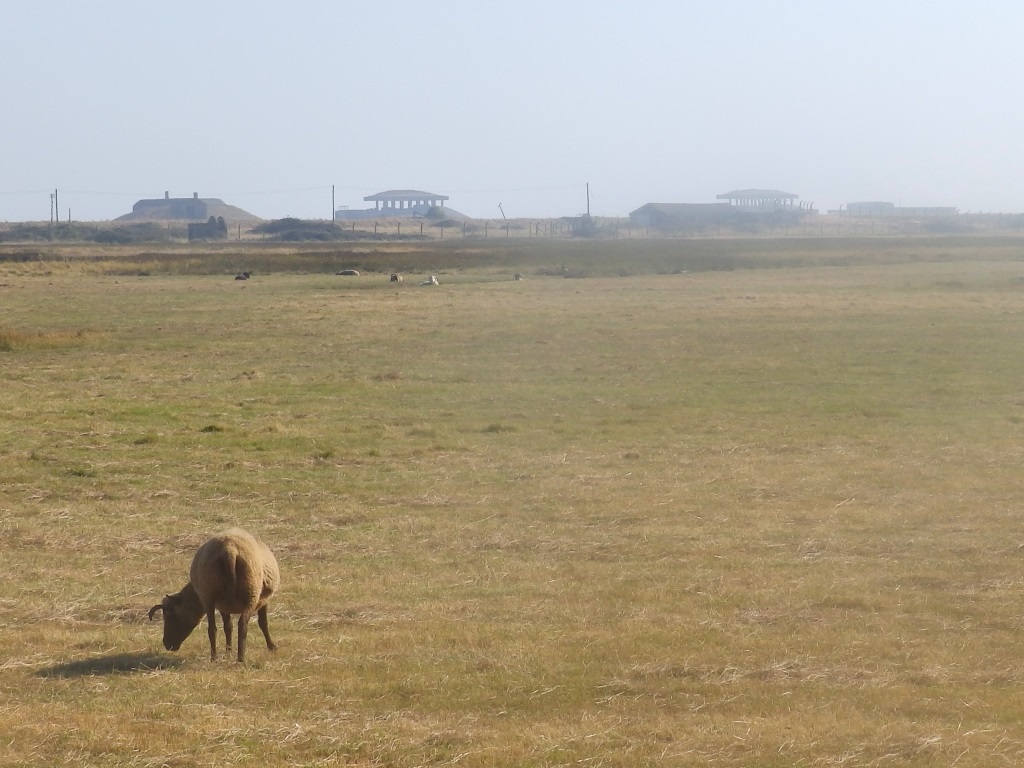
Testing would later move to these buildings with the three-metre-thick walls and the reinforced concrete roofs more suited to stopping things mushrooming. Not that anybody would know but all of this ceased in the early 1970s.
Remember it was said earlier that questions may be asked? Well, any ideas what this is?
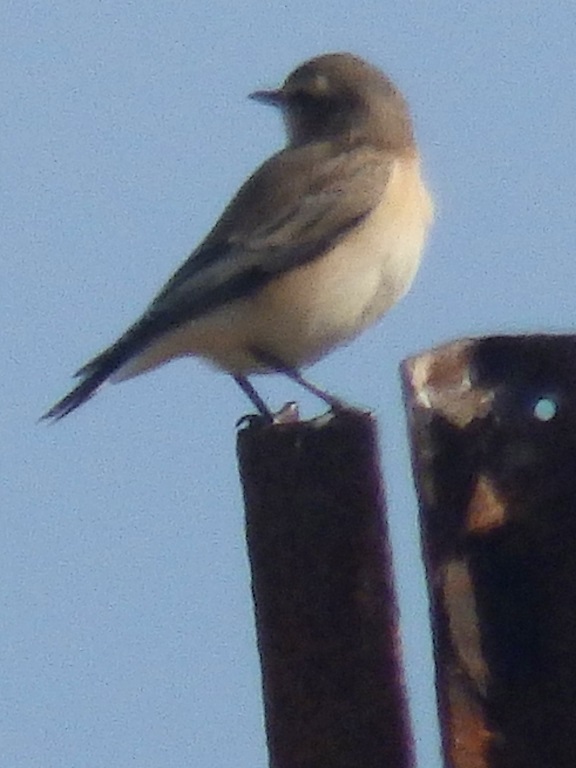
It's thought to be a reed warbler and was certainly doing some warbling in and around some reeds but there's also some marsh so it might be a marsh warbler although they're fairly rare.
It's sat on some wood so it might be a wood warbler although it's not thought to be that kind of wood. That might actually be metal it's sat on but metal warblers don't actually exist.
Oddie would have known in a flash!
